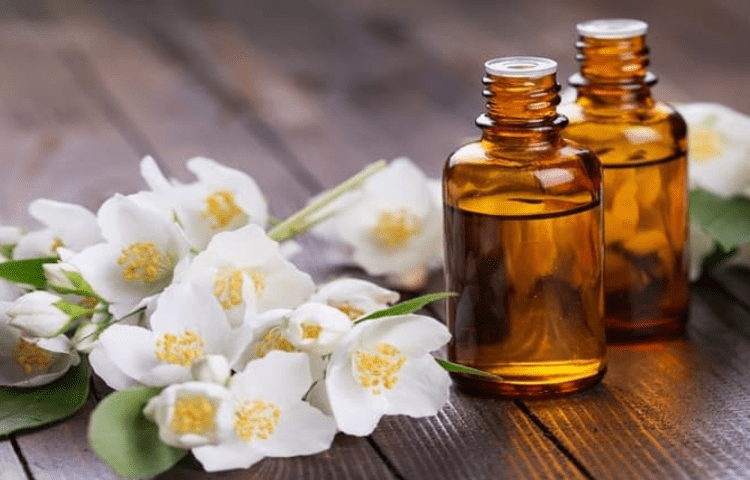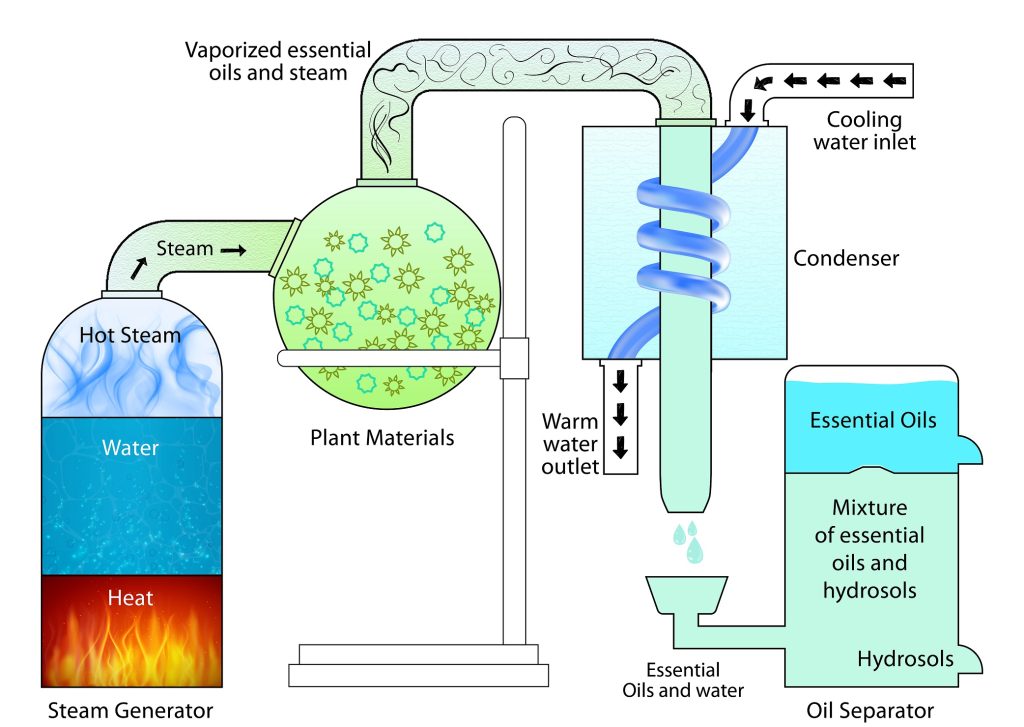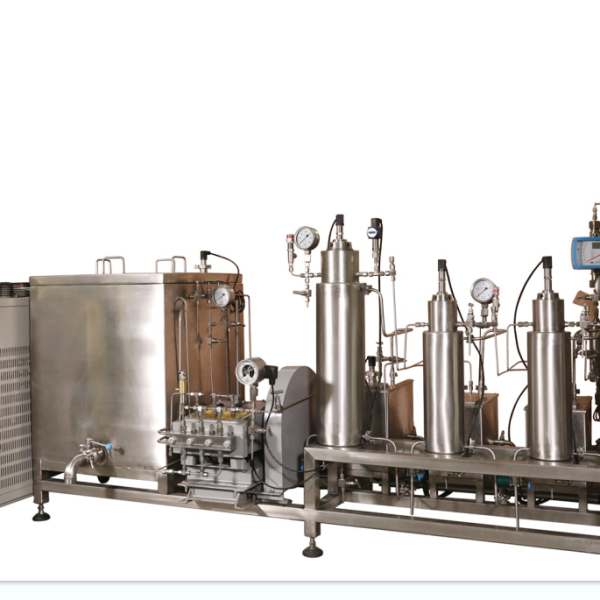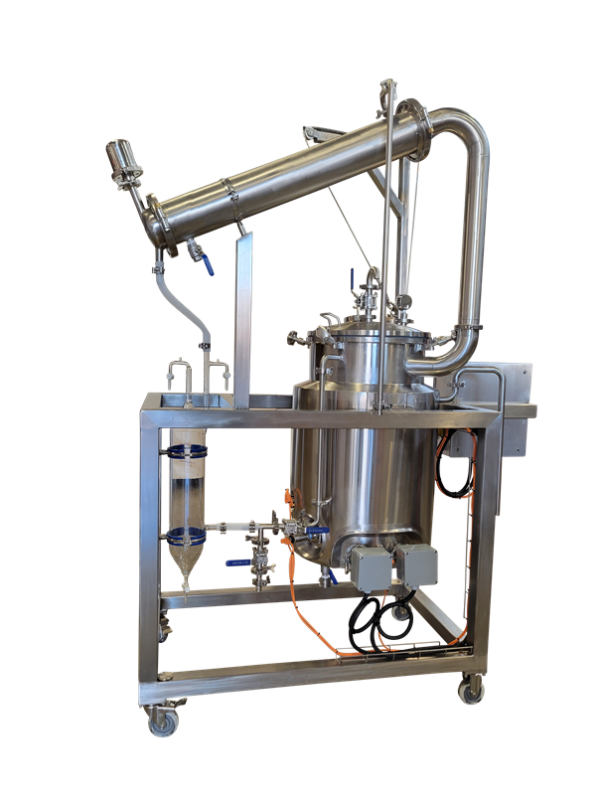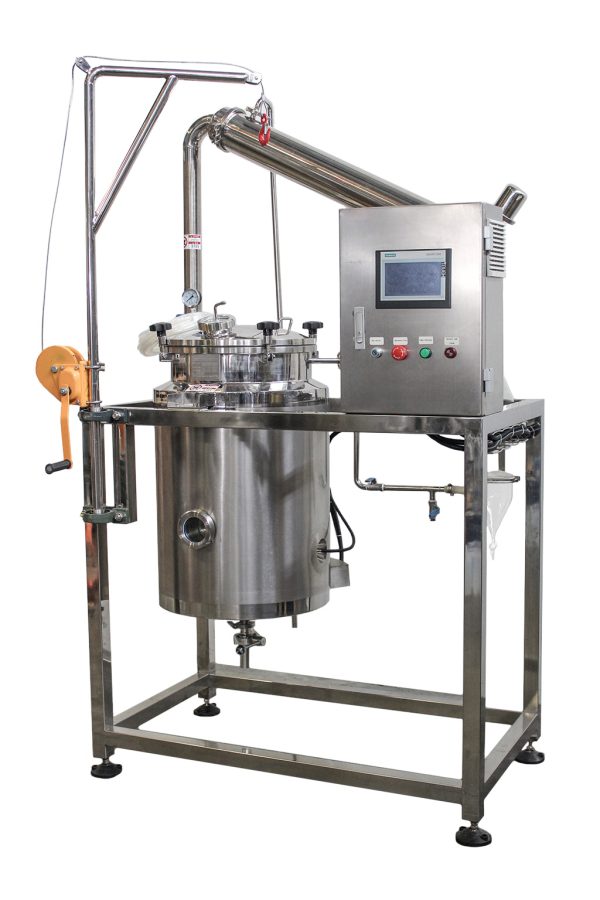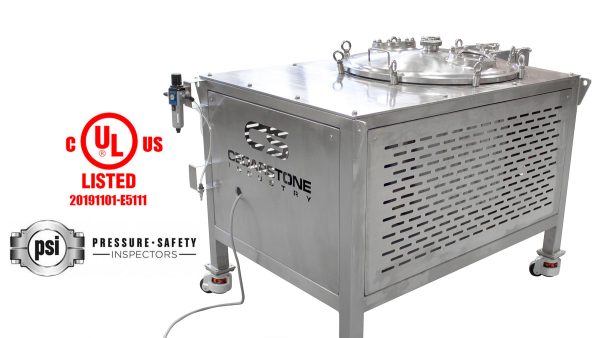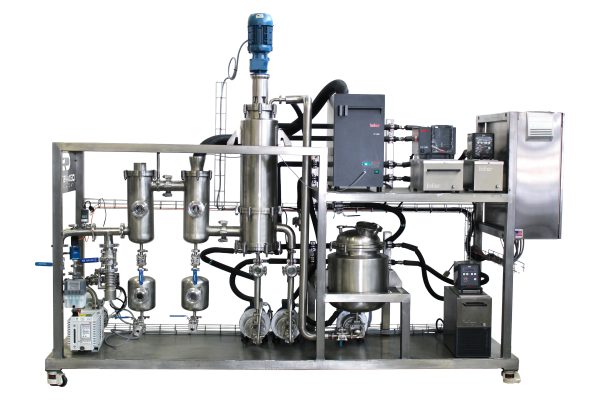Essential Oil Extraction
An essential oil is a concentrated hydrophobic liquid containing volatile (easily evaporated at normal temperatures) chemical compounds from plants. Essential oils are also known as volatile oils, ethereal oils, aetheroleum, or simply as the oil of the plant from which they were extracted, such as oil of clove. An essential oil is “essential” in the sense that it contains the “essence of” the plant’s fragrance—the characteristic fragrance of the plant from which it is derived. The term “essential” used here does not mean indispensable or usable by the human body, as with the terms essential amino acid or essential fatty acid, which are so called because they are nutritionally required by a given living organism.
Essential oils are generally extracted by distillation, often by using steam. Other processes include expression, solvent extraction, sfumatura, absolute oil extraction, resin tapping, wax embedding, and cold pressing. They are used in perfumes, cosmetics, soaps and other products, for flavoring food and drink, and for adding scents to incense and household cleaning products. Essential oils should not be confused with perfume, fragrance, etc. as the latter usually include pure chemical components whereas essential oils are derived from plants.
Essential oils are often used for aromatherapy, a form of alternative medicine in which healing effects are ascribed to aromatic compounds. Aromatherapy may be useful to induce relaxation, but there is not sufficient evidence that essential oils can effectively treat any condition. Improper use of essential oils may cause harm including allergic reactions , inflammation and skin irritation, and children may be particularly susceptible to the toxic effects of improper use.
Essential Oil Steam Distillation Extraction
Essential oils can be extracted from several plants with different parts by various extraction methods. The manufacturing of essential oils, and the method used for essential oil extraction are normally dependent on botanical material used. State and form of material is another factor used for consideration. Extraction method is one of prime factors that determine the quality of essential oil. Inappropriate extraction procedure can lead to the damage or alter action of chemical signature of essential oil. This results in the loss in bioactivity and natural characteristics. For severe case, discoloration, off-odor/flavor as well as physical change such as the increased viscosity can occur. Those changes in extracted essential oil must be avoided.
Steam distillation is the most widely used method for plant essential oil extraction. The proportion of essential oils extracted by steam distillation is 93% and the remaining 7% can be further extracted by other methods . Basically, the plant sample is placed in boiling water or heated by steam. The heat applied is the main cause of burst and break down of cell structure of plant material. As a consequence, the aromatic compounds or essential oils from plant material are released. The temperature of heating must be enough to break down the plant material and release aromatic compound or essential oil.
Showing all 5 results

